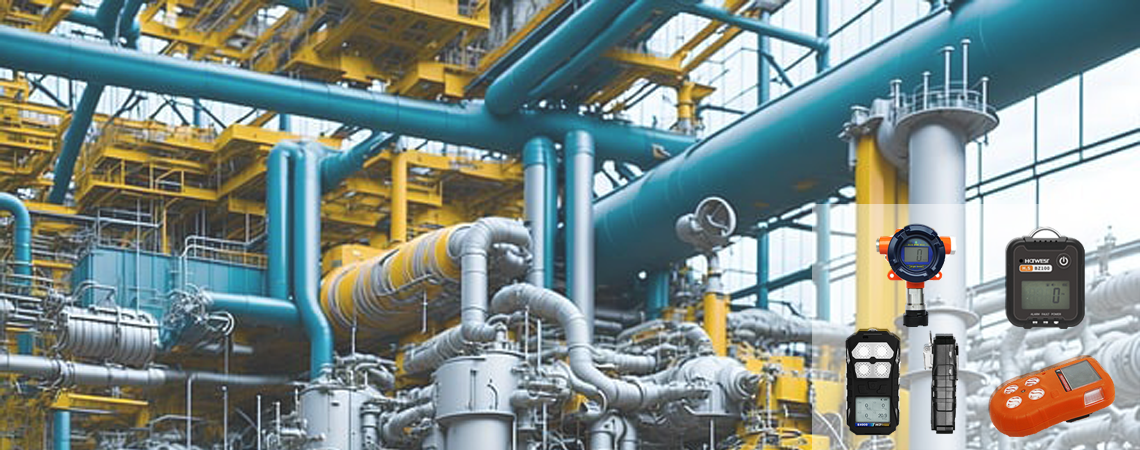How are gas detectors tested?
Published on: 2024-08-08 Views: 385

Testing gas detectors is a critical process to ensure they can reliably detect potentially hazardous gases, thereby protecting lives and the environment. These detectors are rigorously tested to meet stringent safety standards and operational requirements.
Performance Testing
Verifies the detector's ability to accurately detect specific gases at varying concentrations. This involves exposing the detector to known gas concentrations in a controlled environment. Sensors within the detector measure gas levels and evaluate the device's response time and accuracy against predetermined criteria.
Environmental Testing
Evaluates the detector's durability under different conditions. This includes exposure to extreme temperatures, humidity, and vibrations that can affect its performance. Environmental chambers simulate these conditions to measure how well the detector will perform in real-world scenarios, ensuring it remains effective in harsh industrial environments where conditions are unpredictable and challenging.
Regulatory Compliance Testing
Important to ensure gas detectors meet industry-specific standards and certifications. Regulatory agencies set performance, safety, and reliability guidelines that manufacturers must adhere to. This includes testing for intrinsic safety, explosion-proof ratings, and compliance to international standards such as ATEX, UL, and CSA.
In summary, testing of gas detectors includes performance verification, environmental robustness assessment, and compliance to regulatory standards. These processes ensure that gas detectors perform effectively in detecting hazardous gases, thereby protecting workers, the environment and assets in industrial and commercial settings.
